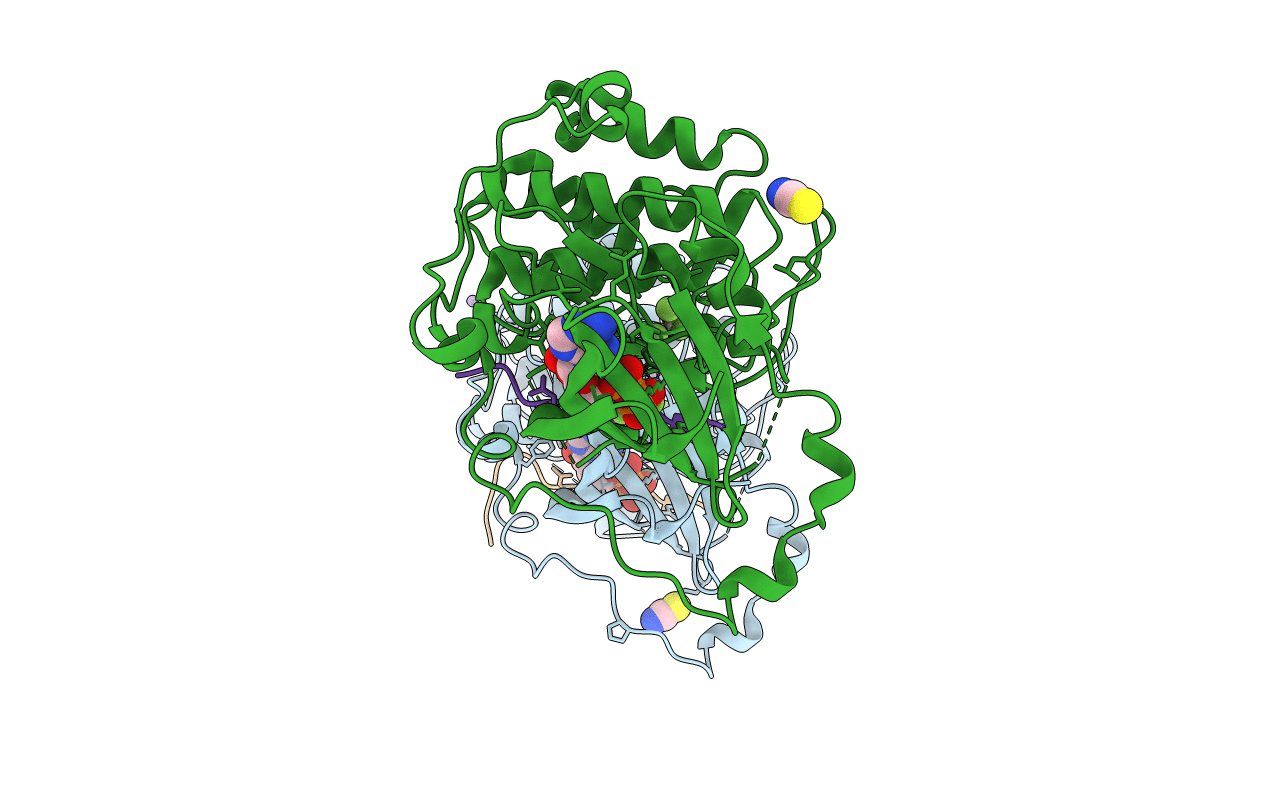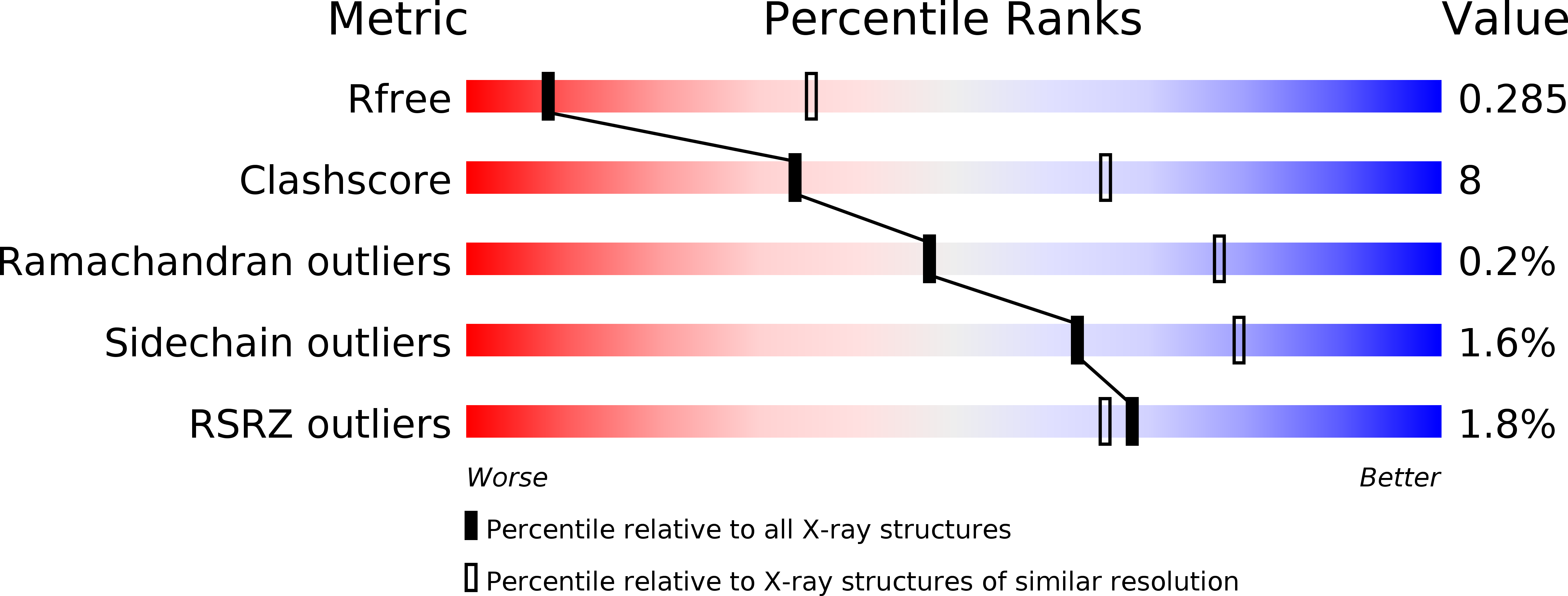
Deposition Date
2016-07-14
Release Date
2016-09-14
Last Version Date
2024-11-06
Entry Detail
PDB ID:
5LIH
Keywords:
Title:
Structure of a peptide-substrate bound to PKCiota core kinase domain
Biological Source:
Source Organism:
Homo sapiens (Taxon ID: 9606)
Host Organism:
Method Details:
Experimental Method:
Resolution:
3.25 Å
R-Value Free:
0.28
R-Value Work:
0.25
R-Value Observed:
0.25
Space Group:
P 21 21 21


